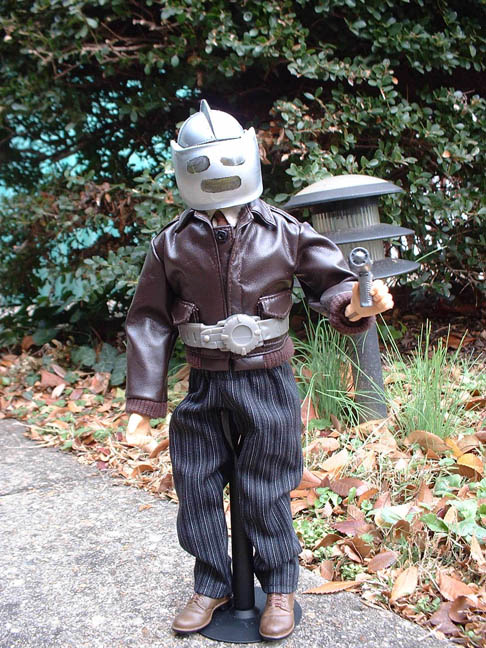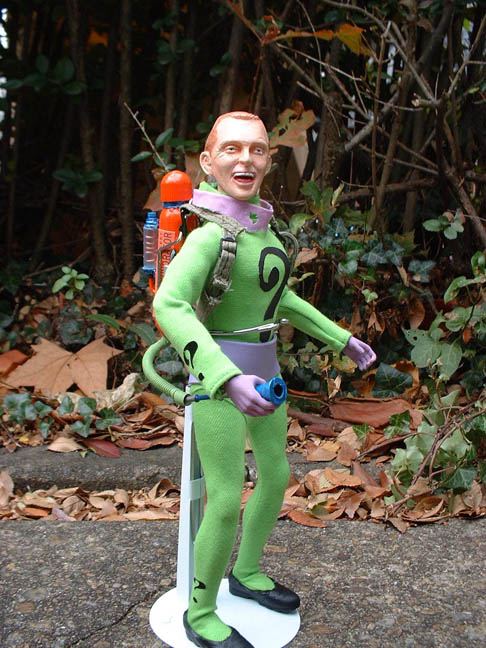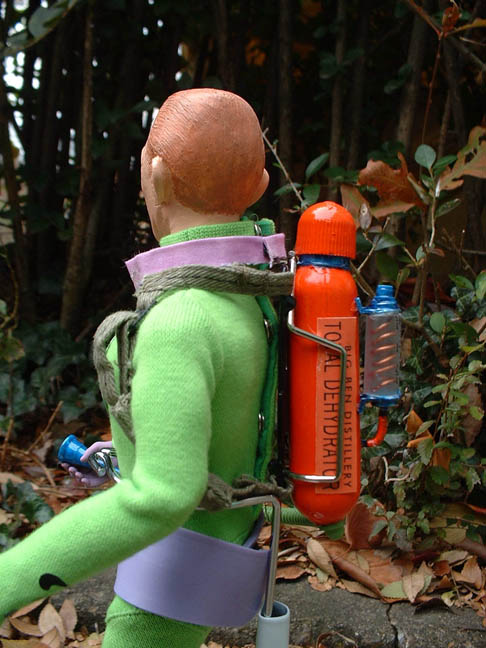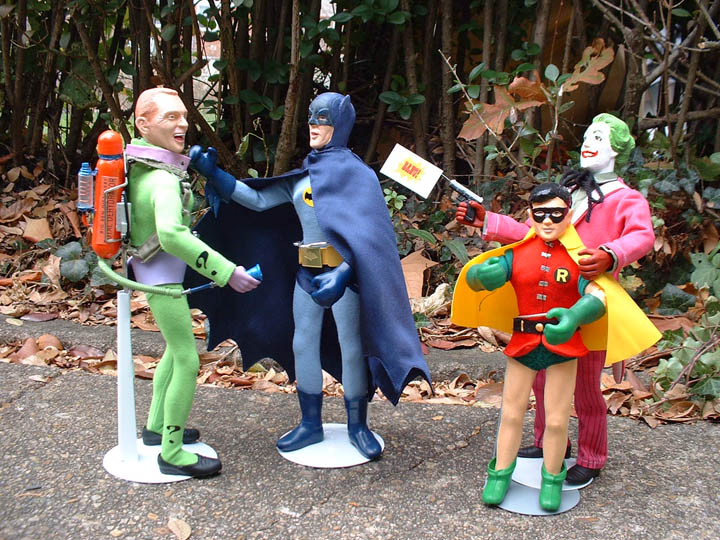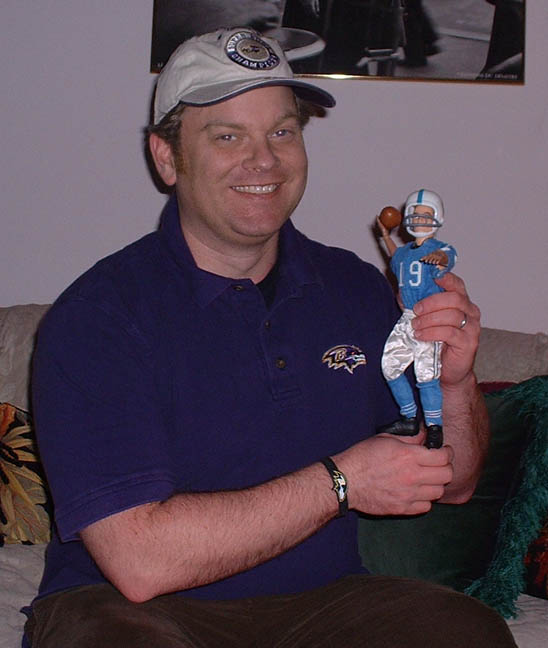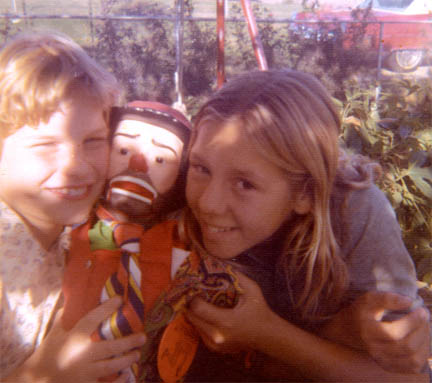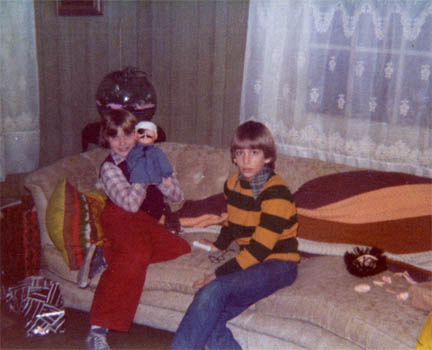Is there a point to this, you ask? I’m not sure, except to say that I think this arrangement exposed children of my generation to a broader range of entertainment and information than children today who have more choices. These choices allow children to focus on the shows and movies that think they want to see while giving them the ability to tune out material they don’t think they would like. That’s a shame, in my opinion, because some of the greatest pop culture influences in my life came from movies and t.v. shows I discovered when there was nothing else on t.v. to watch. One of those influences was the old movie serials, or cliffhangers if you will.
Cliffhangers were originally shown in Saturday movie matinees from the 30s through the 50s. Somewhere between the Bugs Bunny cartoon and the Roy Rogers western, a 15 or 20-minute chapter would spool out the exploits of a cowboy or G-Man or super hero, ending with the inevitable trap from which the hero couldn’t possibly escape. Of course, in the following week’s chapter, he walks away unscathed, often through some improbable last minute derring-do. These serials were the entertainment of my parents, who didn’t even have the choices I had through television. All they could do was go to the theatre, plunk down their dime, and take their chances.
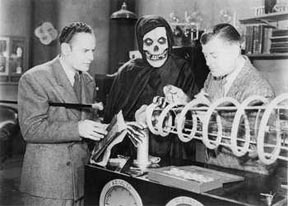 By the 70s, movie serials were shown on television to fill up large chunks of time, either on Saturday and Sunday afternoons or late at night. I would stumble across these films when I was bored or couldn’t go outside due to inclement weather. Despite the fact that they were old and the technology looked positively prehistoric, I liked the fact that these were stories aimed at kids, but using adult characters. The big trend in 70s children’s programming was to make the main characters kids or teenagers. That was depressing to me because I was either the same age as these characters or close to it, and they were obviously having a much more exciting life than I was. I had no hope of having adventures like them. I much preferred my heroes as adults, because I could always dream that I would some day grown up to be Dick Tracy or The Phantom.
By the 70s, movie serials were shown on television to fill up large chunks of time, either on Saturday and Sunday afternoons or late at night. I would stumble across these films when I was bored or couldn’t go outside due to inclement weather. Despite the fact that they were old and the technology looked positively prehistoric, I liked the fact that these were stories aimed at kids, but using adult characters. The big trend in 70s children’s programming was to make the main characters kids or teenagers. That was depressing to me because I was either the same age as these characters or close to it, and they were obviously having a much more exciting life than I was. I had no hope of having adventures like them. I much preferred my heroes as adults, because I could always dream that I would some day grown up to be Dick Tracy or The Phantom.
The other appealing aspect to cliffhangers was that they had no pretensions of teaching kids morals or values. The old studio heads knew that kids wanted to see fist fights, car chases, people getting obliterated with ray guns, and any other mayhem they could come up with. Kid shows in the 70s weren’t allowed to have any of that. Instead, we’d sit through a ½ hour of tedium before the Super Friends would look into the camera and say, “So remember kids, you don’t want to be called names, so don’t call other people names.” I was calling them a few names after stealing a half hour of my life! I guess the thinking was that, if we were exposed to non-violent programming when we were young, we would have no desire for such material as adults. Yeah, that worked out well.
So, getting back to my point, here were these funky little films with guys in fedoras driving bulbous, lumbering cars and talking in corny old-movie speak, but I gave them a chance because there was nothing else to watch. And after watching for awhile, I realized that these shows were far more exciting and fun than anything Hanna-Barbara would slap together. I really became obsessed with movie serials as a kid. Trouble was, they didn’t show nearly enough of them. I got books out of the library about the cliffhangers and discovered that there were far more out there than what I was seeing on t.v. I yearned to see more, but it wasn’t until a decade later and the advent of mass produced VHS tapes that I was able to watch more of these gems. Now, many more are being released on DVD, and I’m acquiring them as fast as I can.
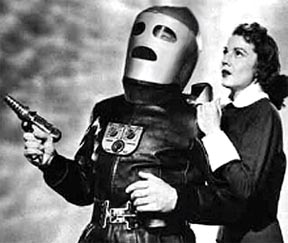 Although the serials had their fair share of super heroes, most were lifted directly from comic books. Superman, Batman, and Captain
Although the serials had their fair share of super heroes, most were lifted directly from comic books. Superman, Batman, and Captain
 When I got into custom action figures, I knew I wanted to create a Rocketman figure. As I looked at the outfit more carefully, however, I realized that the original rig in the serials wasn’t as impressive as it seemed to me as a child. No wonder comic artist Dave Stevens altered The Rocketeer’s suit to look more majestic. However, while Stevens went art deco, I wanted to create something that was more in keeping with the jet age, the era that Rocketman inhabited in real life. As a result, I crafted my jet pack primarily from parts found in a model kit for an F84E Thunderjet. In addition, I wanted to get rid of the laughable control plate on the chest with highly technical controls like On/Off, Up/Down, and Slow/Fast. Instead, I gave my Rocketman a control belt with undefined buttons.
When I got into custom action figures, I knew I wanted to create a Rocketman figure. As I looked at the outfit more carefully, however, I realized that the original rig in the serials wasn’t as impressive as it seemed to me as a child. No wonder comic artist Dave Stevens altered The Rocketeer’s suit to look more majestic. However, while Stevens went art deco, I wanted to create something that was more in keeping with the jet age, the era that Rocketman inhabited in real life. As a result, I crafted my jet pack primarily from parts found in a model kit for an F84E Thunderjet. In addition, I wanted to get rid of the laughable control plate on the chest with highly technical controls like On/Off, Up/Down, and Slow/Fast. Instead, I gave my Rocketman a control belt with undefined buttons.
I also wanted to streamline the helmet while still retaining its basic style, so I coupled a helmet from The Silver Knight figure with a repainted visor from a G.I. Joe jet pilot outfit. In the serial, Rocketman wore a long, bulky leather coat like those worn by German U-boat commanders. I went for a more stylish Bomber jacket. To complete the 50s retro-future look, I created a little ray gun made from a pistol grip and some bits from the airplane model.
Overall I was pretty pleased with it, although I’ll probably revisit again someday. I just can't get enough of that high-flying hero!




